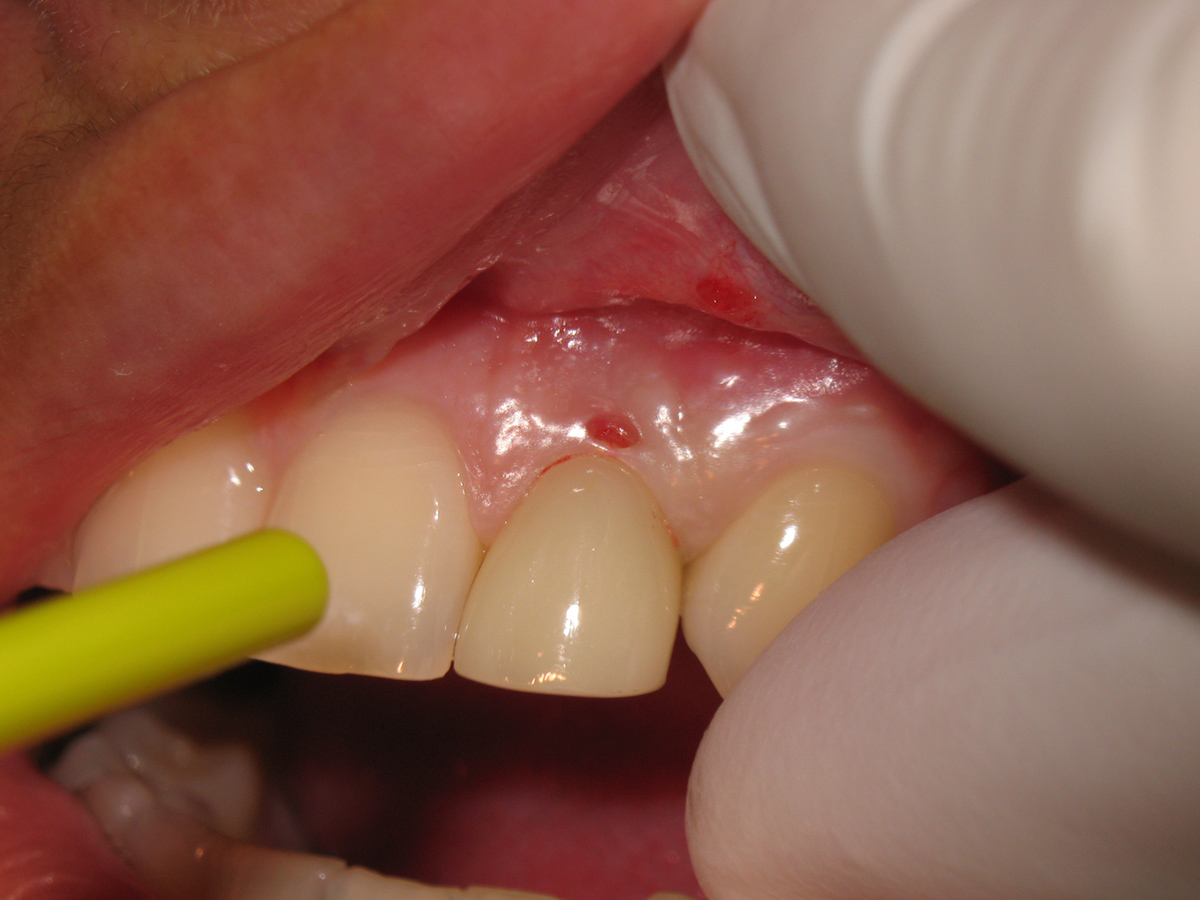
Gum disease, or periodontal disease, is the inflammation or infection of the gums, deeper tissue supporting the gums, and the bone surrounding the teeth.
The first sign of gum disease is plaque on the surface of the teeth. The plaque is a sticky white or yellow substance made mostly of bacteria mixed with saliva and traces of starchy food and sugar.
If it is not too extensive, plaque can be removed by brushing or flossing. Otherwise it will accumulate and penetrate beneath the line of the gums, forming tartar. Tartar is much more difficult to remove and it usually requires dental treatment.
If left untreated, plaque and tartar can lead to the inflammation of the gums, called gingivitis. The symptoms of gingivitis include intensely red and swollen gums that hurt. If the pain is more intense and there is bleeding, it is a sign of periodontitis, which means that the infection spread to the surrounding tissue and bone. Other symptoms include bad breath and receding gums.
Receding gums can lead to a loss of teeth, even more than cavities can. The statistics show that periodontitis causes more tooth loss than cavities in people over 30 years of age.
There are several natural remedies that can help prevent and cure gum disease.
Vitamin C has long been known to help with gum disease. Sailors on long sea trips in the 18th century used to chew on lime to prevent bleeding from the gums. This is probably due to the fact that Vitamin C is a powerful antioxidant and helps rebuild connective tissue and bone regeneration. People with gum problems should eat more food rich in Vitamin C, like broccoli, peppers, grapefruit, kiwi, oranges, cantaloupe, or can take vitamin supplements.
Another important vitamin is Vitamin D. Moderate exposure to the sun is important because the UV rays trigger the synthesis of this vitamin in the skin. Vitamin D has anti-inflammatory abilities and is believed to have a role in preventing gum disease. It can also be taken in the form of a supplement.
It is important to reduce the stress, as it contributes to gum disease as well. There have been some studies that have shown a connection between stress and the accumulation of plaque and tartar. Stress can be reduced with different relaxation techniques, such as meditation and diaphragm breathing.
Coenzyme Q10 is believed to be one of the ingredients necessary for the reparation of diseased gums. It is generated within the body, but can also be found in food or taken as a supplement. There are even toothpaste brands that include Q10 as an ingredient.
Tea tree oil has antibiotic properties and if applied as a topical gel it can help cure gum disease.
Cranberries can also be helpful as they prevent bacteria from clinging to teeth. It can be useful to drink cranberry juice with no sugar added, four ounces a day, but people who take warfarin or have kidney disease should consult a doctor first.
One of the options for preventing gum disease is a rotating electric toothbrush with oscillating head. These toothbrushes massage the gums and remove plaque.


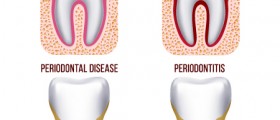
,-Don't-Ignore-Receding-Gums_f_280x120.jpg)


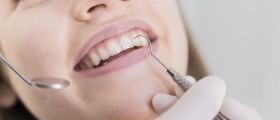
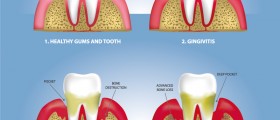

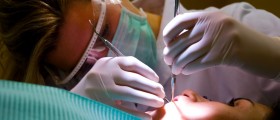




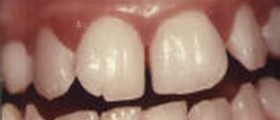
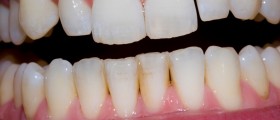
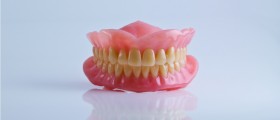
Your thoughts on this
Loading...